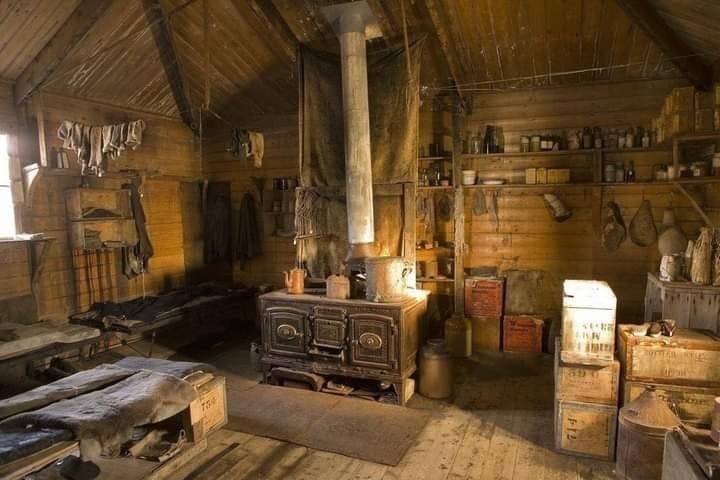
The Practical Woodsman
The Practical Woodsman is a way to share love of the wilderness, as well as my observations, thinking, and approach to what folks today are calling 'bushcraft' and 'survival'. The focus is on what is practical, as well as pointing out certain things being demonstrated by 'bushcrafters' today that are not practical at all.
Interested? Want to learn more about the community?
From the group Abandoned Places on Facebook: “ The interior of polar explorer Ernest Shackleton's (1874-1922) hut in Cape Royd, Antarctica. The hut was built in 1908 and used as a base camp for one of Shackleton's attempts to be the first to reach the South Pole. He and his team spent nine months here, enduring temperatures as low as -58 F (-50 C). The hut remains as it was abandoned in 1909, preserved by the extreme cold and low humidity.

Interested? Want to learn more about the community?
What else you may like…
Videos
Posts


















